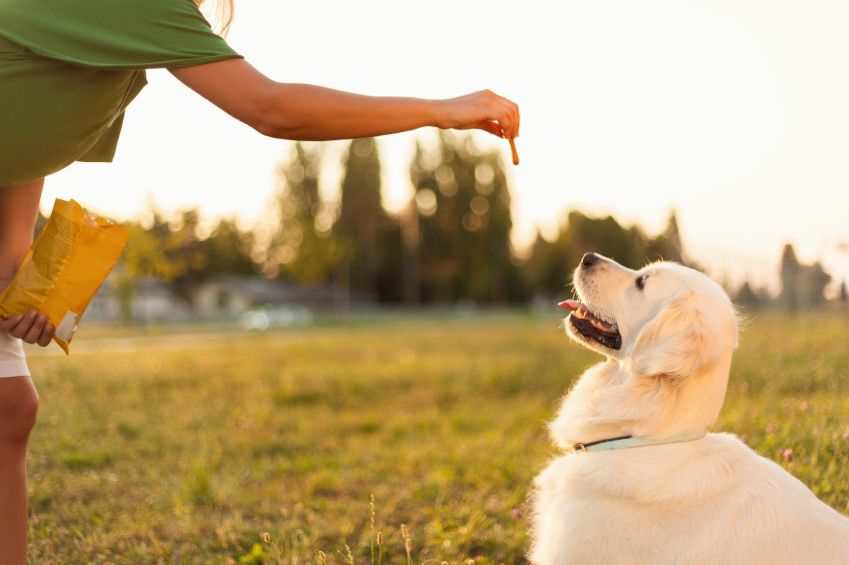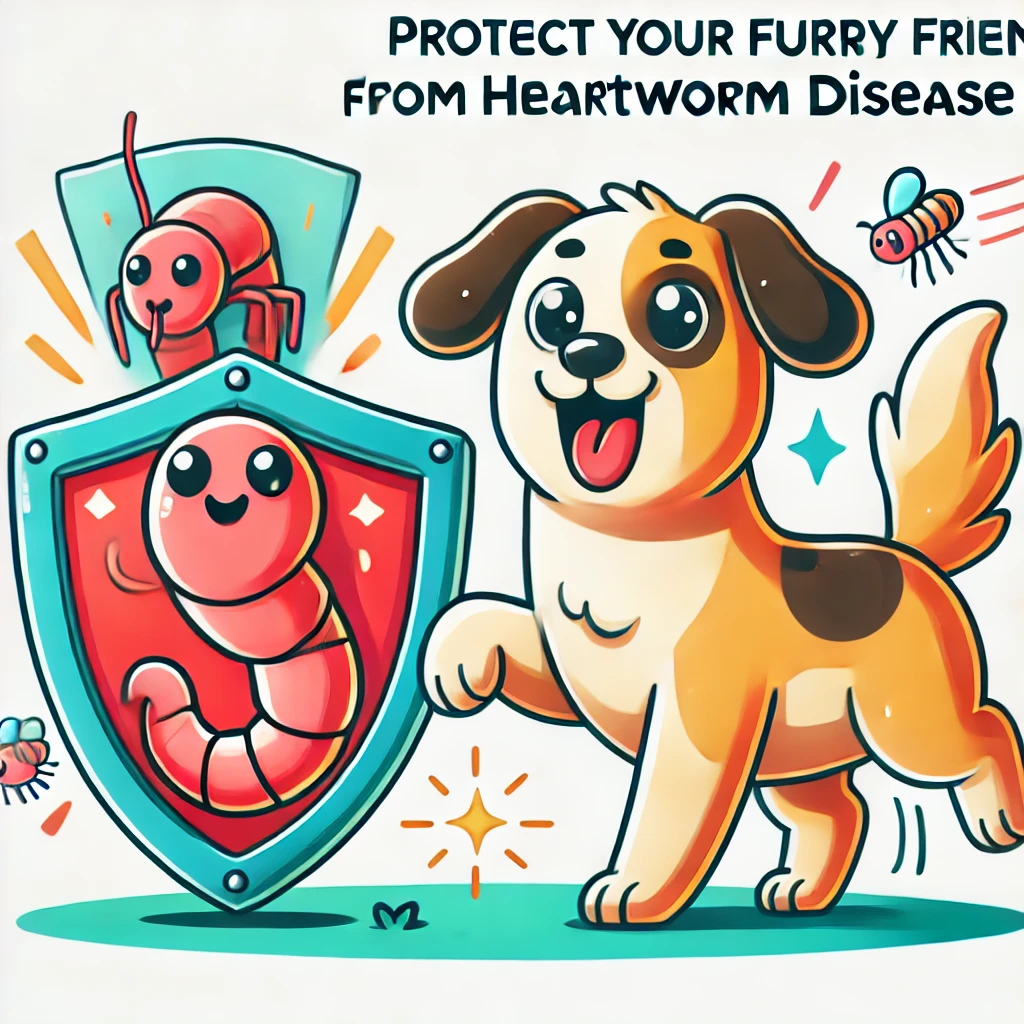Dog obesity is a growing concern among pet owners, and understanding the causes is the first step to preventing and managing this condition. Obesity in dogs can lead to serious health issues such as joint problems, diabetes, heart disease, and a decreased lifespan. As a responsible pet owner, knowing the dog obesity causes will help you take the necessary steps to keep your furry friend healthy and active. In this article, we will explore the common causes of dog obesity, its consequences, and effective ways to prevent and treat it.
What is Dog Obesity?
Obesity in dogs is defined as an excess of body fat that negatively impacts a dog’s health. Veterinarians generally consider a dog to be obese if its weight exceeds 20% of its ideal body weight. Obesity is not just a cosmetic issue—it can shorten a dog’s life and reduce its quality of life.
Common Dog Obesity Causes
There are several factors that contribute to obesity in dogs. While some causes are related to the dog’s diet and lifestyle, others may be linked to underlying health issues. Here are the most common dog obesity causes:
Overfeeding
One of the primary dog obesity causes is overfeeding. Many pet owners tend to offer larger portions than necessary or provide their dogs with too many treats. Commercial dog foods, especially those with high calorie counts, can easily lead to weight gain if not portioned correctly. Additionally, feeding table scraps or human food can quickly add extra calories that contribute to obesity.
How to prevent it: Follow the feeding guidelines provided by your dog food manufacturer and consult with your veterinarian to determine the appropriate portion sizes for your dog’s breed, age, and activity level. Limit treats to special occasions, and avoid giving human food to your pet.
Lack of Exercise
Dogs require regular physical activity to maintain a healthy weight. Sedentary lifestyles are one of the leading dog obesity causes, especially for dogs living in small spaces with limited access to outdoor activities. Without enough exercise, dogs cannot burn off the calories they consume, leading to weight gain.
How to prevent it: Ensure that your dog gets plenty of exercise each day. The amount of exercise required depends on the breed, but most dogs benefit from at least 30 minutes to an hour of physical activity, such as walks, playtime, or running.
Breed Predisposition
Some dog breeds are more prone to obesity than others due to genetic factors. Breeds like Labrador Retrievers, Beagles, Dachshunds, and Pugs tend to gain weight more easily. These breeds often have a slower metabolism or a natural inclination to eat more, making them more susceptible to obesity.
How to prevent it: If you own a breed prone to obesity, it’s important to monitor their weight closely and be proactive about portion control and exercise. Regular check-ups with your vet will help you keep track of any weight changes and adjust their diet and activity level accordingly.
Aging
As dogs age, their metabolism slows down, and they may become less active. This decrease in activity, combined with the same amount of food intake, can lead to weight gain. Aging dogs may also experience muscle loss, which further reduces their calorie-burning capacity.
How to prevent it: Adjust your dog’s diet and exercise routine as they age. Senior dogs typically require fewer calories and may benefit from a lower-calorie food specifically formulated for older dogs. Gentle exercises like swimming or slow walks can help maintain their weight without putting too much strain on their joints.
Medical Conditions
Certain medical conditions, such as hypothyroidism and Cushing’s disease, can slow a dog’s metabolism and contribute to weight gain. In these cases, the dog may gain weight even if their diet and exercise levels remain consistent. Dogs with these conditions may also exhibit other symptoms such as lethargy, thinning fur, or changes in behavior.
How to prevent it: If you notice unexplained weight gain in your dog, it’s important to consult your veterinarian. Blood tests can help diagnose underlying medical conditions, and your vet can recommend the appropriate treatment, such as medication or dietary adjustments.
Neutering/Spaying
Neutering or spaying can affect a dog’s hormone levels, which may slow their metabolism and lead to weight gain if their diet is not adjusted. While these procedures are necessary for controlling the pet population and preventing certain health issues, they can increase the risk of obesity in dogs.
How to prevent it: After neutering or spaying, you may need to reduce your dog’s calorie intake by up to 30% and increase their activity levels to maintain a healthy weight. Speak to your vet about any dietary changes that may be necessary post-surgery.
Consequences of Obesity in Dogs
Obesity in dogs can lead to a range of serious health problems that can significantly impact your pet’s quality of life. Some of the most common consequences include:
- Joint and mobility issues: Excess weight puts strain on a dog’s joints, leading to conditions such as arthritis and hip dysplasia. This can result in pain, difficulty moving, and a reduced ability to exercise, creating a vicious cycle of weight gain.
- Heart disease: Obese dogs are at a higher risk of developing heart disease due to the extra workload placed on their heart and cardiovascular system.
- Diabetes: Just like humans, overweight dogs are more likely to develop diabetes, a condition that requires lifelong management through insulin injections and dietary changes.
- Shortened lifespan: Studies have shown that obese dogs tend to live shorter lives than their healthy-weight counterparts. The combination of health problems caused by obesity can reduce a dog’s life expectancy by up to two years.
How to Prevent and Treat Dog Obesity
Preventing and treating obesity in dogs requires a combination of diet management, regular exercise, and veterinary care. Here are some steps you can take to help your dog maintain a healthy weight:
Balanced diet
Choose a high-quality dog food that provides the right balance of nutrients without excess calories, ensuring a balanced diet. Avoid foods with fillers, artificial additives, or high fat content. Your vet can recommend specific weight management formulas if necessary.
Portion control
Measure your dog’s food and follow the recommended serving sizes based on their weight and activity level. If your dog needs to lose weight, your vet can help you create a calorie-restricted meal plan.
Exercise
Ensure your dog gets enough physical activity each day. Regular walks, playtime, and mentally stimulating activities like agility training or puzzle toys can help burn calories and keep your dog active.
Regular vet check-ups
Regular check-ups with your veterinarian can help monitor your dog’s weight and catch any potential health issues early. If your dog is overweight, your vet can guide you through a weight loss program tailored to your pet’s needs.
Limit treats
Treats should only make up a small portion of your dog’s daily caloric intake. Opt for healthy, low-calorie treats, and avoid giving table scraps or human food, which can contribute to weight gain.
Conclusion
Dog obesity is a preventable condition, but it requires vigilance and proactive care from pet owners. Understanding the dog obesity causes will allow you to make informed decisions about your dog’s diet, exercise, and overall health. By addressing the factors that contribute to weight gain and working closely with your veterinarian, you can help your dog achieve and maintain a healthy weight, ensuring a long, happy life.



